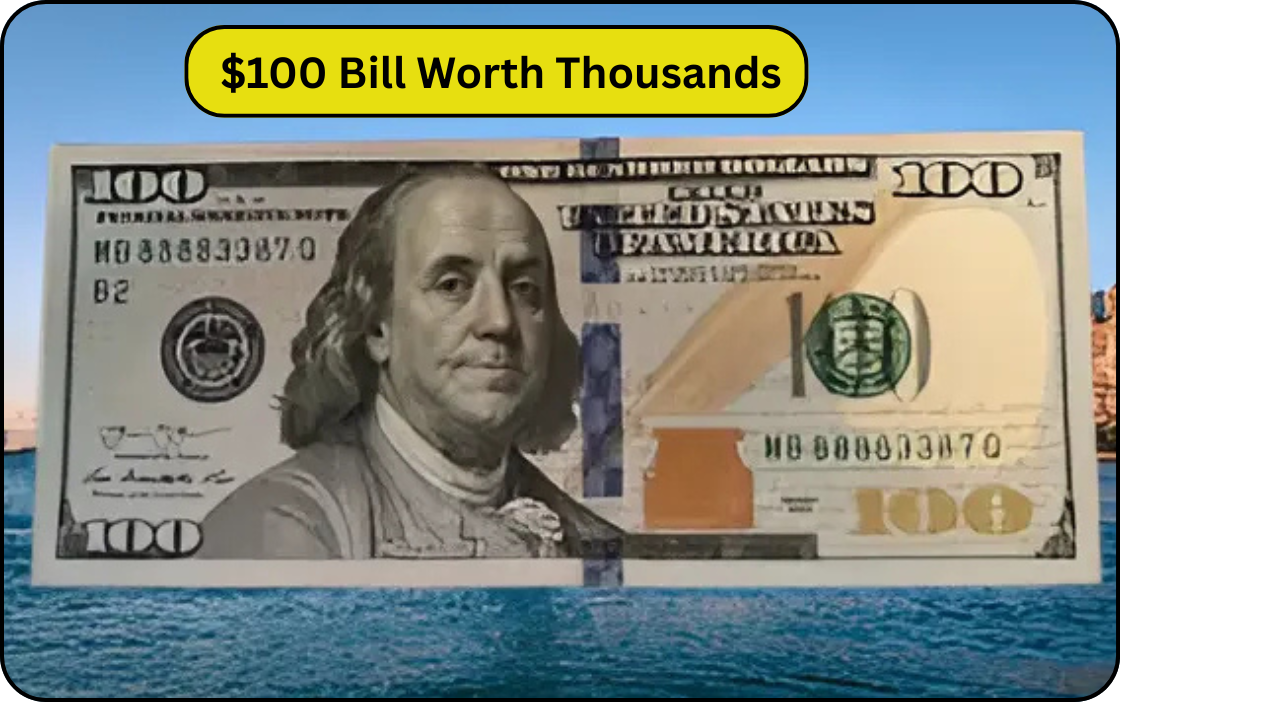You might have a treasure hiding in your wallet! Some 2013 $100 bills are worth way more than their face value, with collectors paying hundreds or even thousands for rare ones. Thanks to printing mistakes and unique serial numbers, these everyday bills can be a goldmine. If you’ve got a $100 bill from 2013, don’t spend it yet—take a closer look. Here’s how to spot the valuable ones and why they’re so special.
What Makes These Bills So Valuable?
In 2013, the U.S. Treasury rolled out a new $100 bill with cool security features like a 3D blue ribbon and color-changing ink to stop counterfeiters. But during printing, some mistakes happened, creating rare bills that collectors love. The most sought-after are “star notes,” which have a star symbol (*) at the end of the serial number. These were printed to replace damaged bills, and some from 2013 are super rare. Another big deal is a printing error where two different facilities—in Fort Worth, Texas, and Washington, D.C.—printed bills with the same serial numbers. This “duplicate serial number” error is a huge find, with some bills selling for up to $15,000 at auctions
Look for These Special Features
To find out if your 2013 $100 bill is a keeper, check the serial number and look for printing errors. Serial numbers are the green digits on the front of the bill. Collectors go crazy for patterns like:
- Low numbers: Serials like 00000001 or 00000045 are super rare.
- Ladder numbers: Digits in order, like 12345678 or 98765432.
- Repeating numbers: Like 77777777 or 45454545.
- Star notes: Look for a star (*) at the end of the serial number.
- Printing errors: Check for ink smudges, misaligned text, or a misplaced security ribbon.
If your bill has any of these, it could be worth big bucks, especially if it’s in crisp, uncirculated condition. One star note with a low serial number sold for $12,000 in 2024
How to Check Your Bill
Grab your 2013 $100 bill and take a close look. First, make sure it’s from the 2013 series—check below Benjamin Franklin’s portrait for “Series 2013.” Next, look at the serial number on both sides of the bill. They should match, but some rare ones don’t, which makes them valuable. If it’s a star note, check if it’s from the New York Federal Reserve Bank (look for a “B” in the black seal). Also, see if it was printed in Fort Worth—look for a tiny “FW” near the right side of the bill. Use a magnifying glass to spot any printing mistakes, like extra ink or misaligned designs. If you think you’ve got a rare one, don’t fold or spend it
| Feature to Check | Why It’s Valuable |
|---|---|
| Star Note (*) | Replacement for damaged bills, very rare |
| Duplicate Serial Number | Two bills with same number, worth thousands |
| Low Serial Number | Numbers like 00000001, highly collectible |
| Ladder Serial Number | Digits in order, like 12345678, very rare |
| Printing Errors | Ink smudges or misalignments boost value |
What to Do If You Find a Rare Bill
If you think you’ve got a valuable 2013 $100 bill, handle it carefully. Use clean hands or gloves and store it in a plastic sleeve to keep it in top shape. Take it to a currency dealer or a grading service like PCGS or PMG to verify it’s real and check its condition. A bill in perfect shape can sell for way more than a worn one. You can also check online sites like eBay to see what similar bills are going for, but be careful of fakes. Selling through an auction house might get you the best price. For example, a 2013 star note with a duplicate serial number sold for $456,000 in 2024 because of its rarity and perfect condition
Start Your Treasure Hunt Today
The 2013 $100 bill might look like regular money, but it could be your ticket to a big payday. Stories like Daniel Pierce, a college student who found a mismatched serial number bill worth $21,500, show it’s possible to strike it rich. So, dig through your wallet, check your cash drawer, or look in old envelopes. You might find a star note, a duplicate serial number, or a printing error that turns your $100 into thousands. Don’t miss out—check your bills today and join the exciting world of currency collecting

